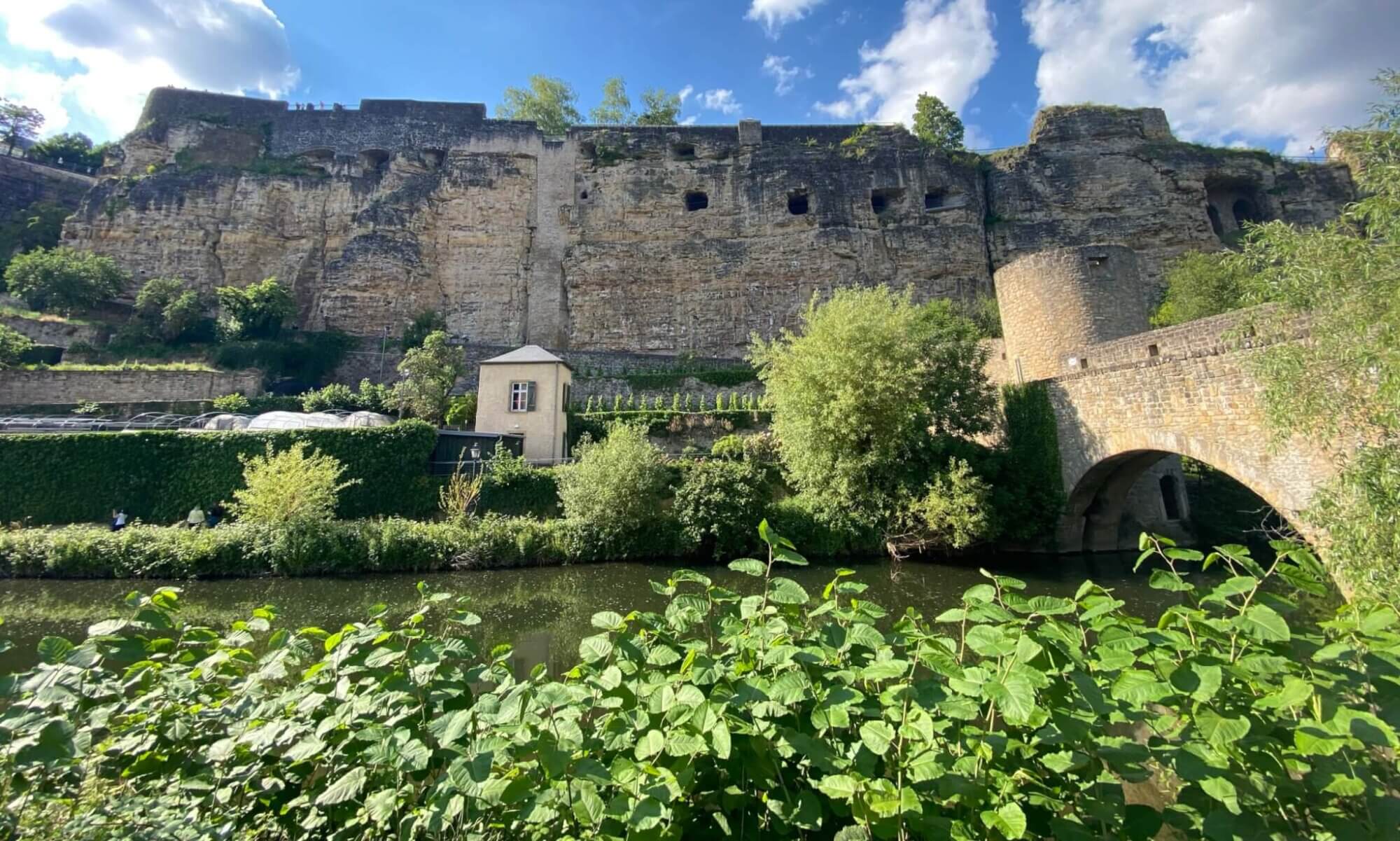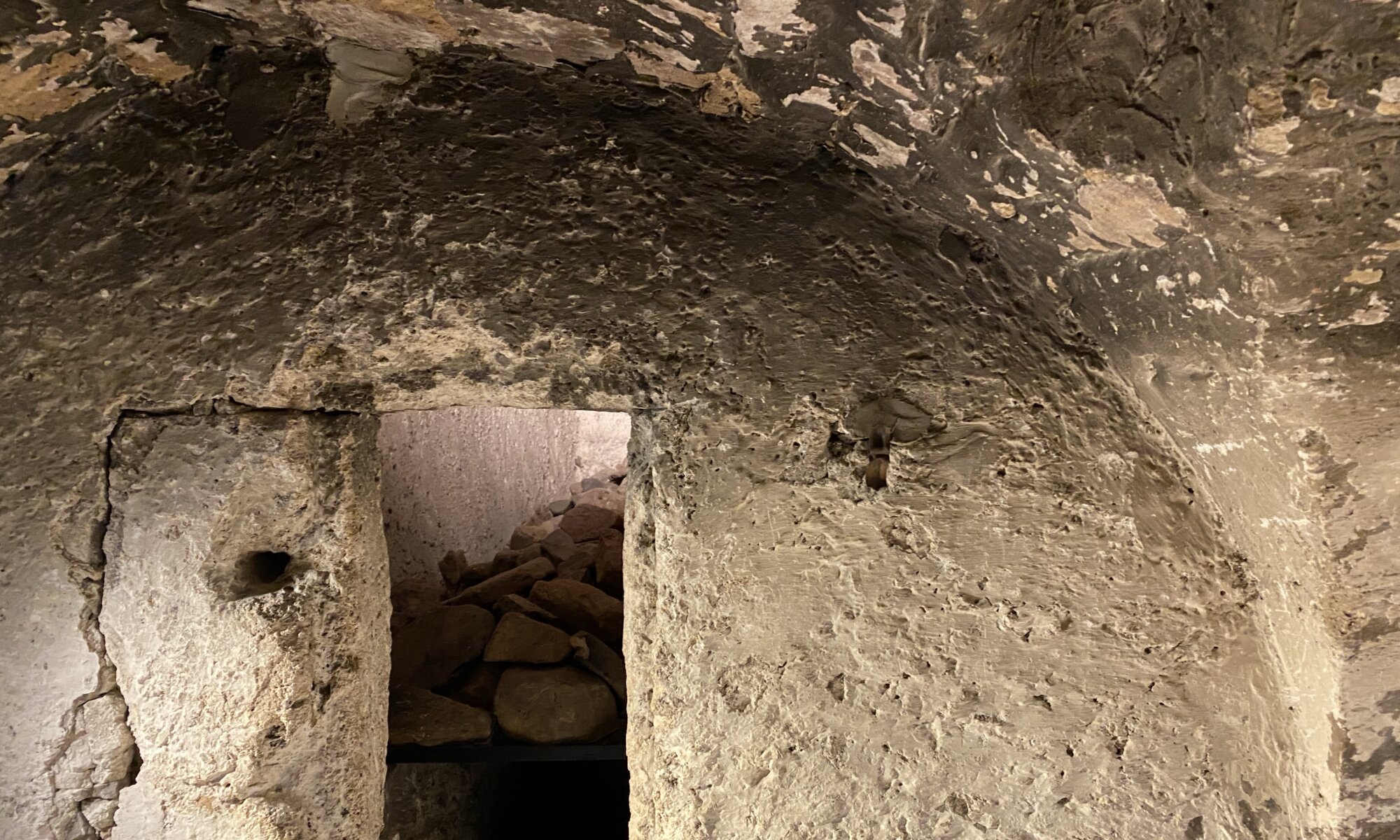You can learn a lot about the history of Göttingen by walking through its streets and visiting important places. But for some stories you have to explore the underground and have a look at the cellars in the city center. Fortunately, the tourist information organizes guided tours that show you hidden Jewish ritual baths, ancient floor heating systems, a sewer of a former monastery and a beautiful vaulted cellar. Some have been known all the time, others have been temporarily forgotten and rediscovered.
Forgotten Mikveh in a residential building
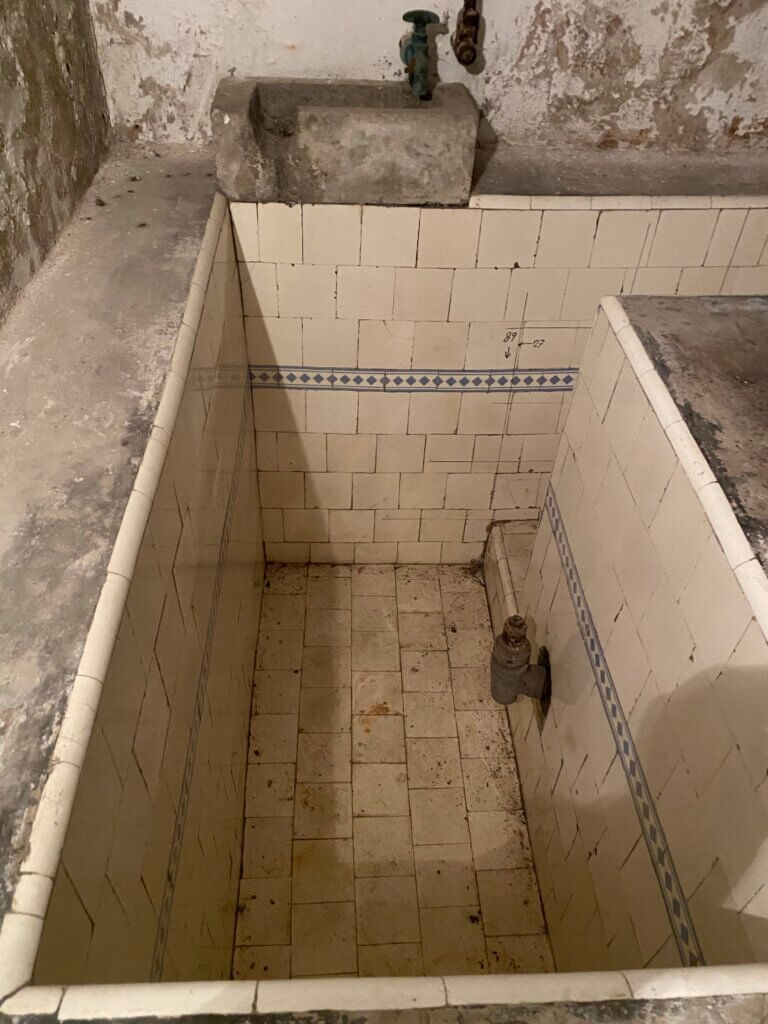
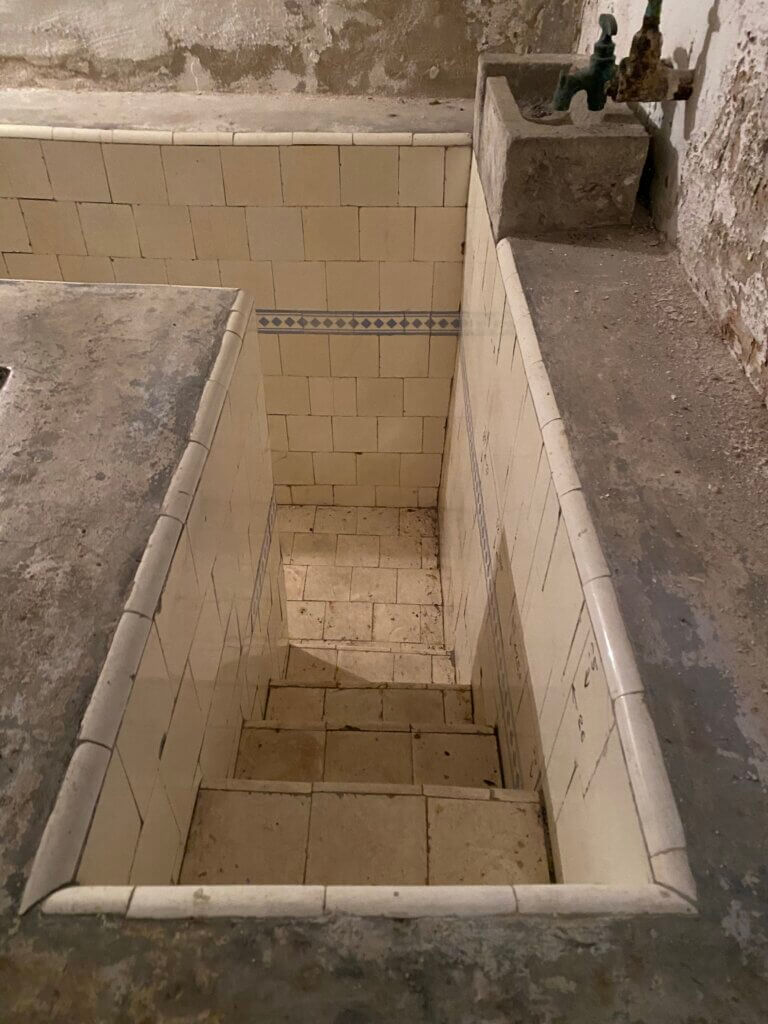
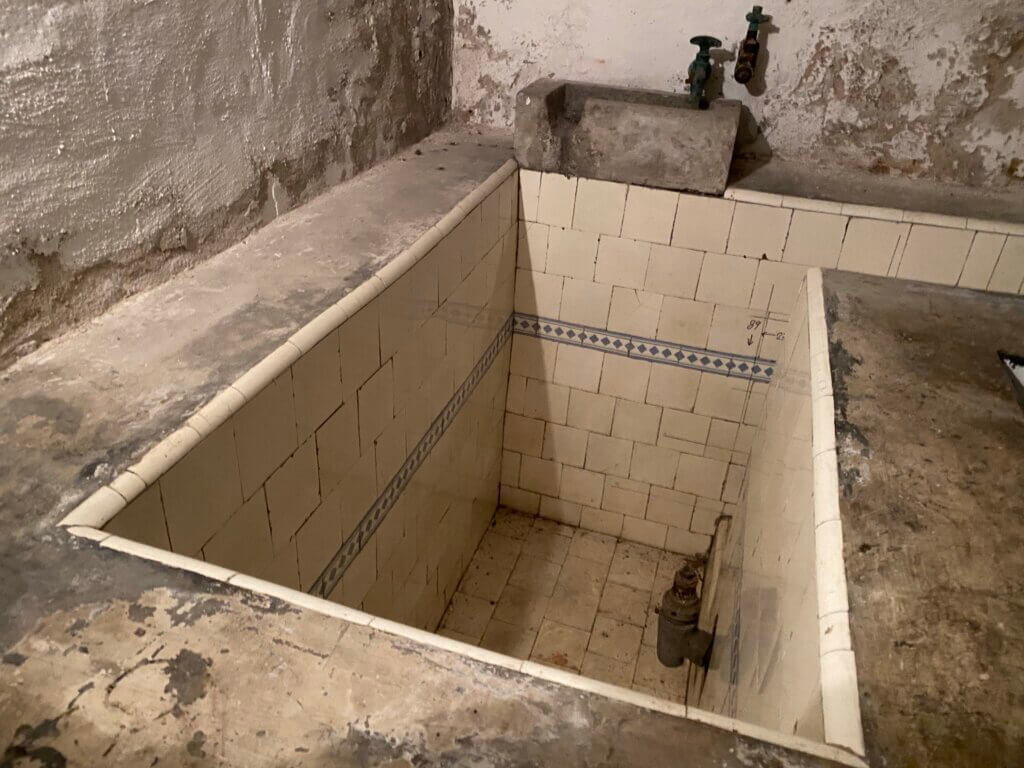
When the owner of a house in the Rote Straße switched from heating by coal to heating by natural gas he asked workers to remove the still existing coal from the cellar. And underneath a special kind of bath was found: a Mikveh, a traditional Jewish ritual bath. It had been built in this residential building by orthodox Jews as the Jewish community of Göttingen was liberal and invested in an organ instead of a Mikveh (which is more important for conservatives). In Jewish tradition a Mikveh needs to have exactly seven steps and needs to be filled with natural water which hasn’t been pumped. Therefore rainwater was collected outside for the purification rituals.
Rote Straße 28, Göttingen
Ancient floor heating in the old town hall
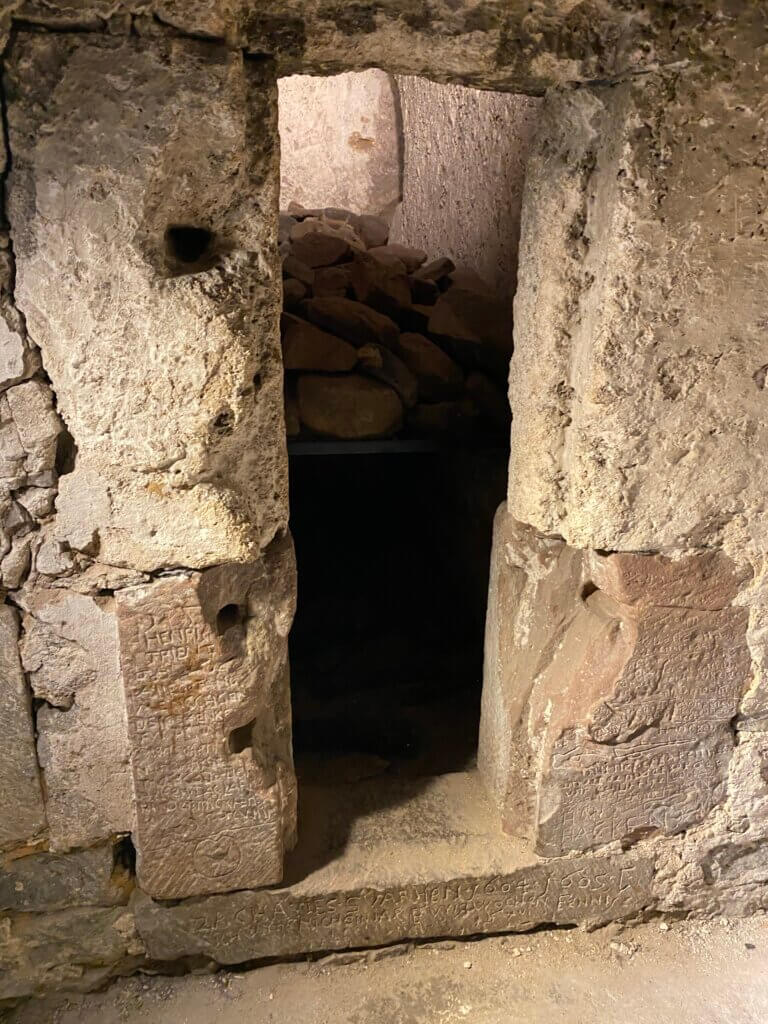

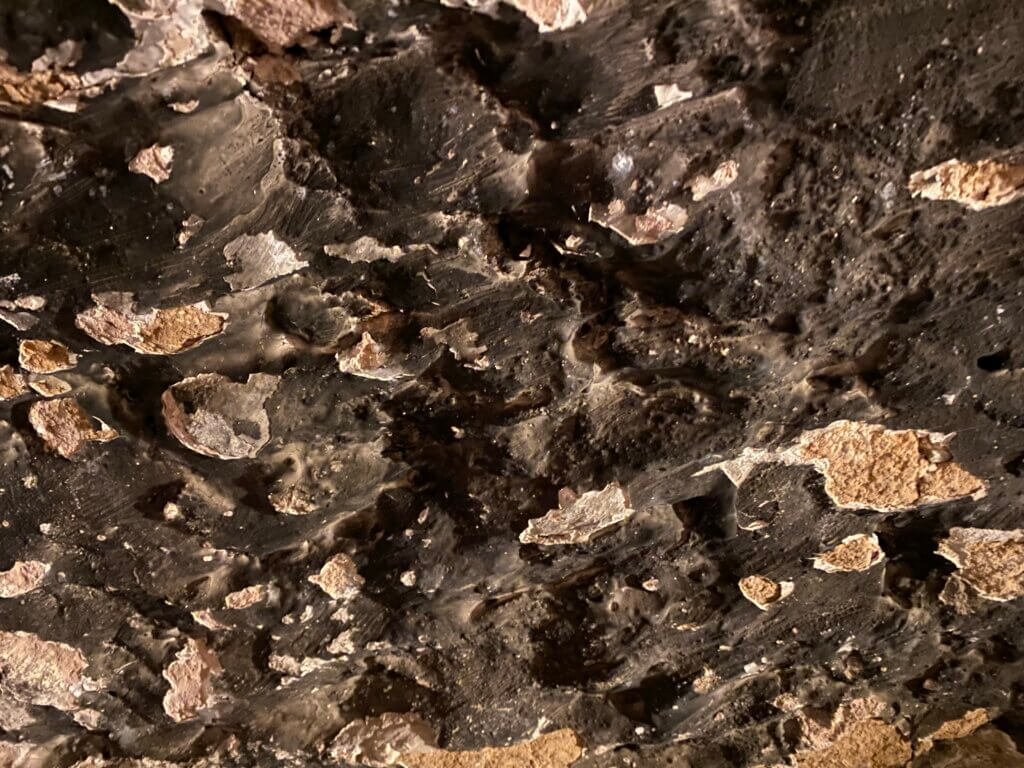
When people decide to marry at the old town hall of Göttingen they do it in a room called Dorntze. The word means it is a room that could be heated, in fact it was the meeting room for the city council of Göttingen. On the rear side of the town hall building there is a door leading into a room underneath: here wood was burned underneath of stones that stored the created heat. During the meetings of the city council openings in the floor underneath the seats of the members could be opened to be warmed from underneath. The room was later also used as a jail. Ancient graffiti tells the stories of people being arrested for peeing into rivers on the day when beer was brewed.
Markt 9, Göttingen
Sewer of a former Franciscan monastery
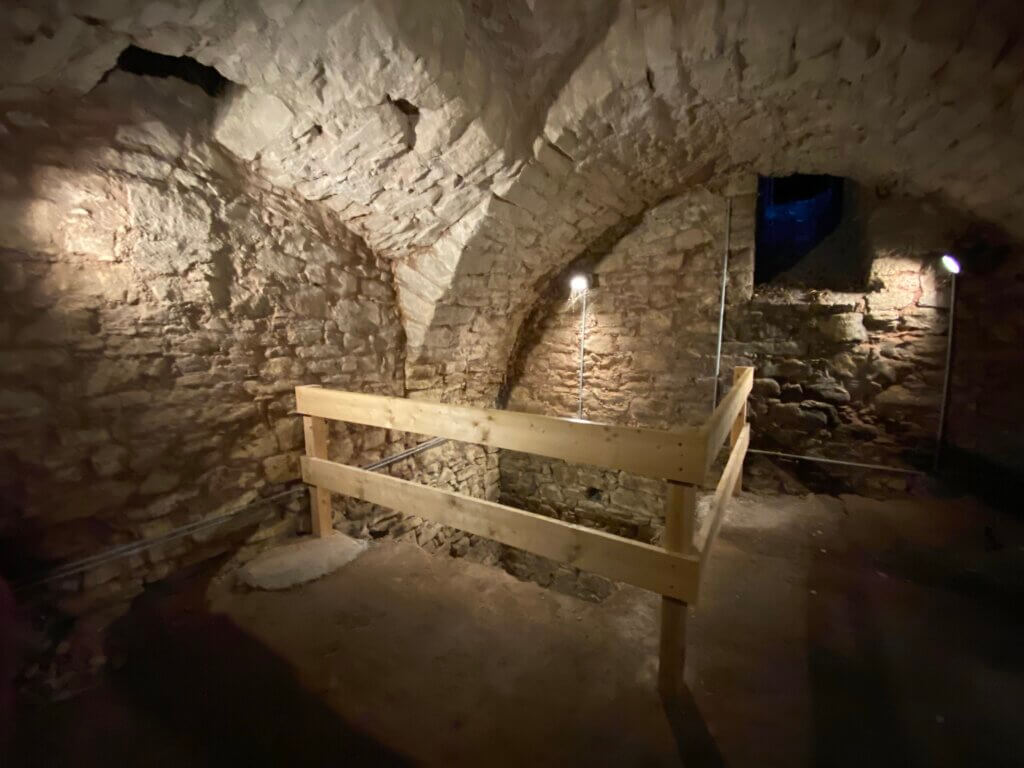
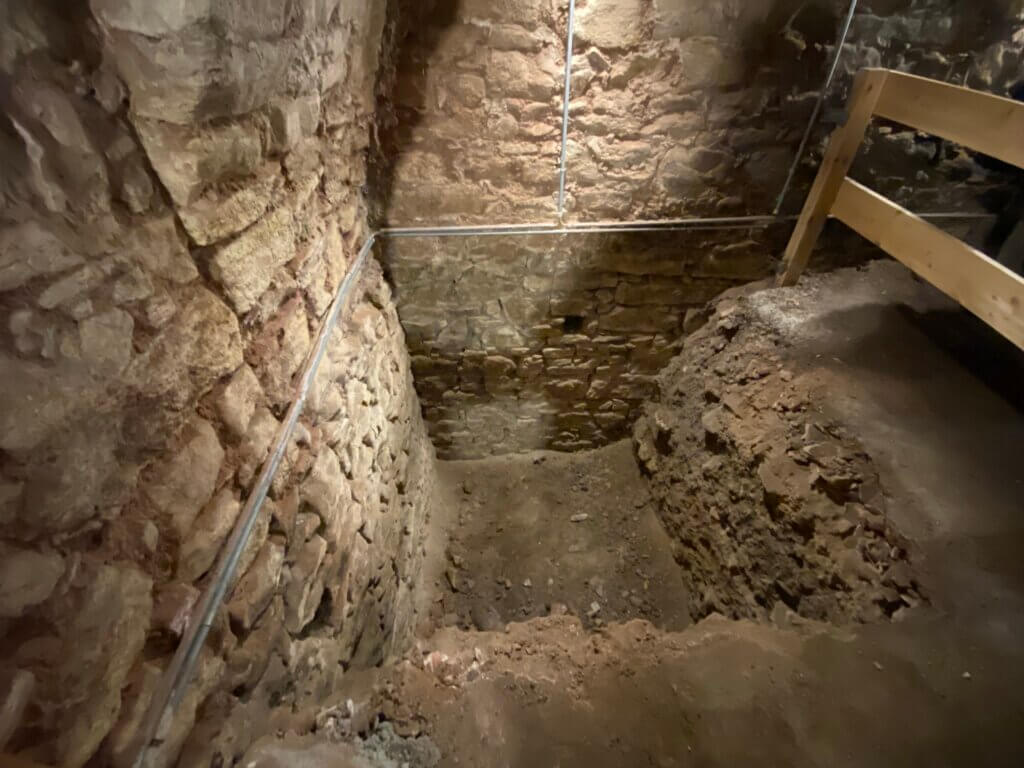
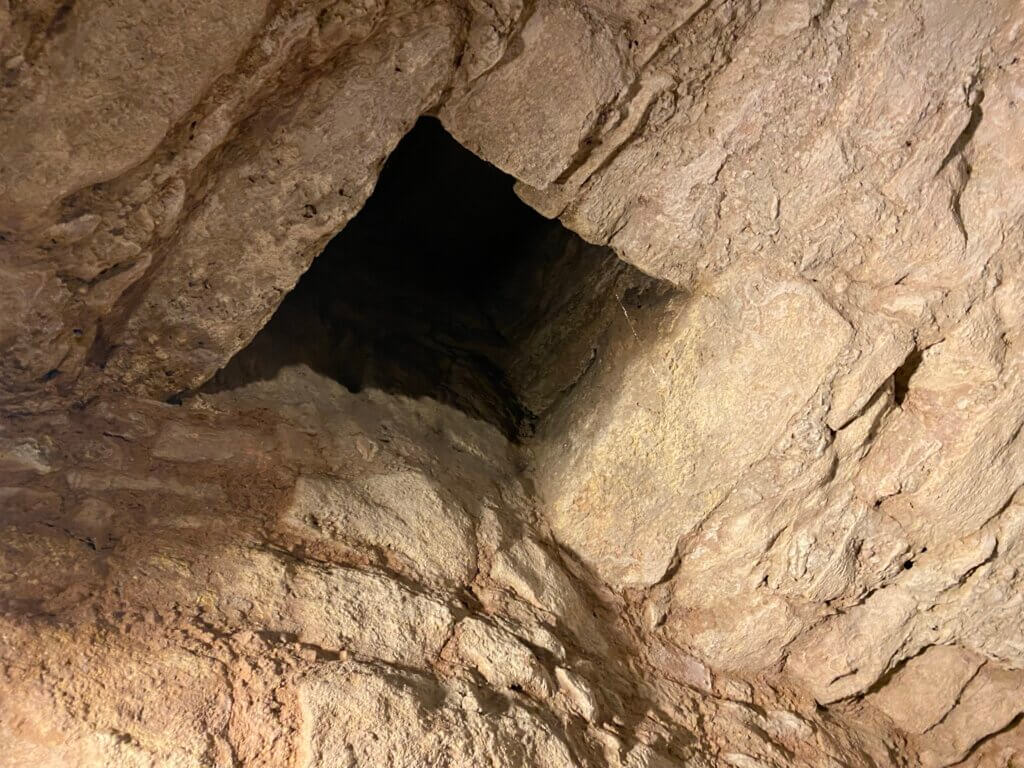
The building at the Wilhelmsplatz is used by the administration of the university of Göttingen. One day an employee recognized a hole in the floor of his office. That was unexpected, because no cellar was documented at this location. It was found out that underneath was the sewer of a former Franciscan monastery at this site. The room was inaccessible during the usage of the monks, only two holes leading down where existing. Now, a staircase was created and archeologists started to analyze the content. Items found are now stored in the Städtisches Museum.
Wilhelmsplatz 4, Göttingen
Ancient vaulted cellar
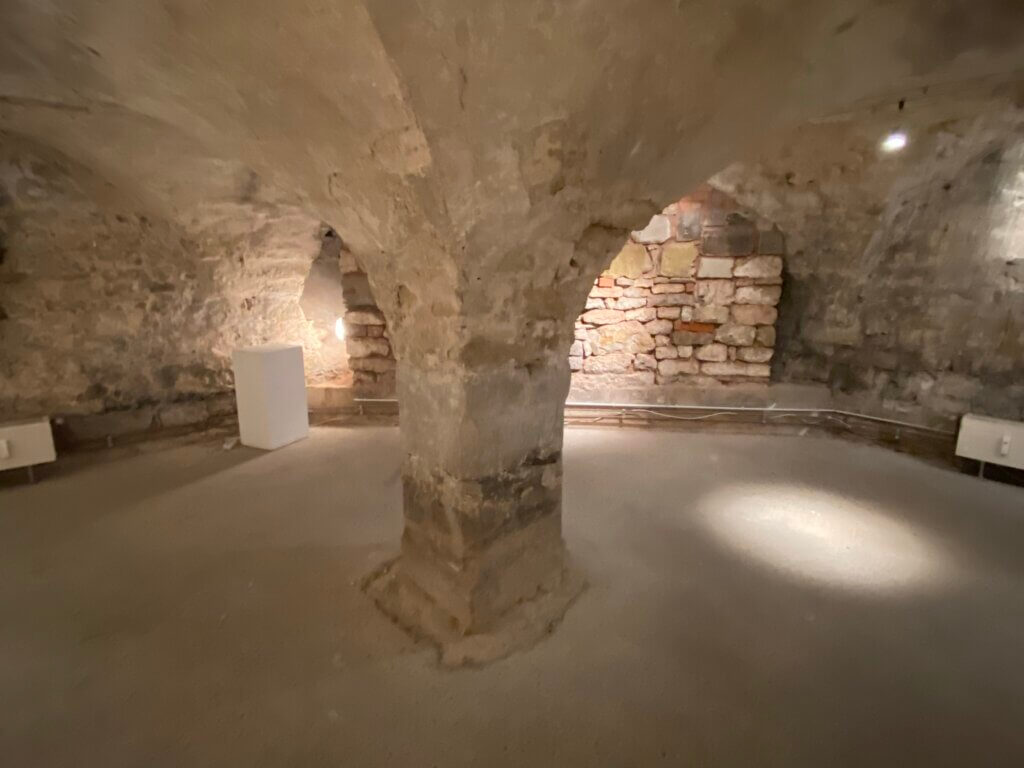
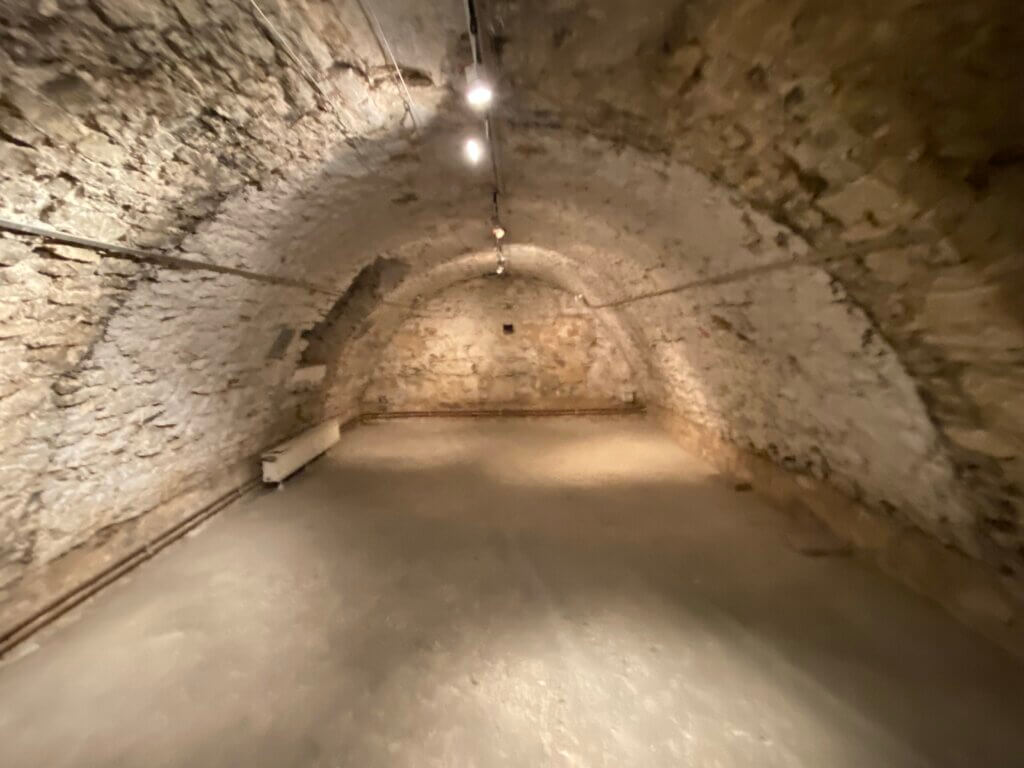
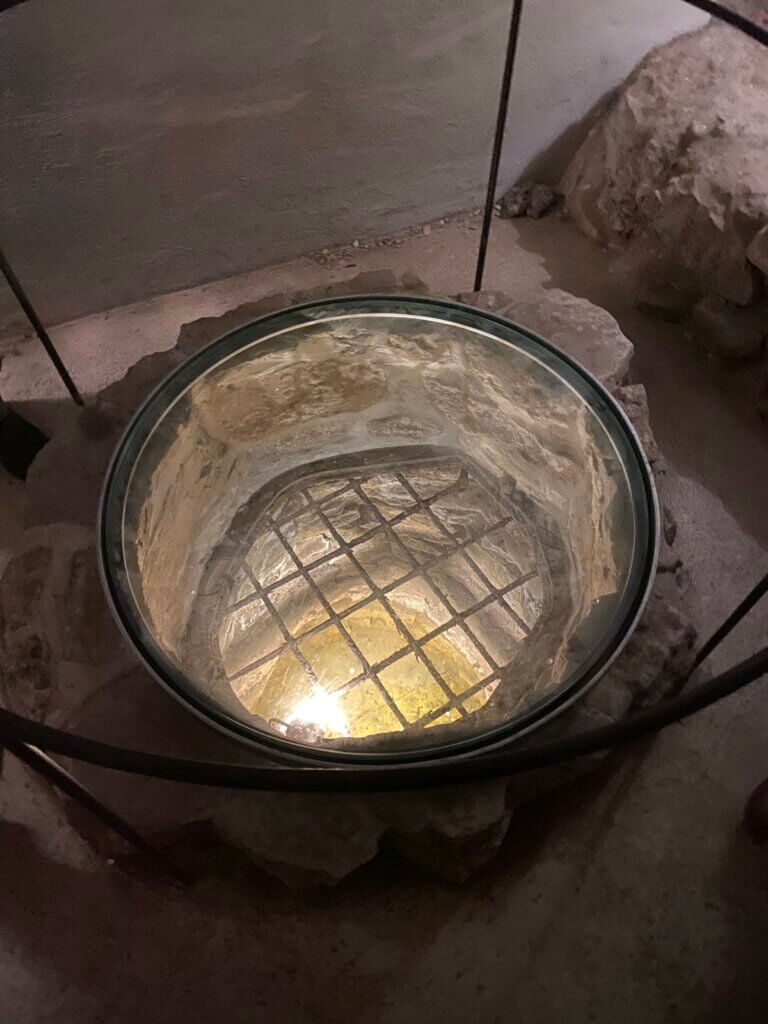
Underneath the Künstlerhaus exhibition space you can find a wonderful vaulted cellar and and underground well. It is special as the scientist Georg Christoph Lichtenberg was teaching physics in this cellar. Other professors did this theoretically, but Lichtenberg was focused on experimental physics (which must have been also more entertaining). He was for example researching electricity after having learned about it from Benjamin Franklin who taught at the university of Göttingen (and later became one of the Founding Fathers of the United States of America).
Gotmarstraße 1, Göttingen
The four locations are inaccessible for individual visitors at most times. You can book a guided tour at the tourist information of Göttingen. Tour guides will take you to these places and explain the historic context.
Göttingen Tourismus und Marketing e. V.
Altes Rathaus
Markt 9
37073 Göttingen
Germany
https://www.goettingen-tourismus.de
Loading map...

